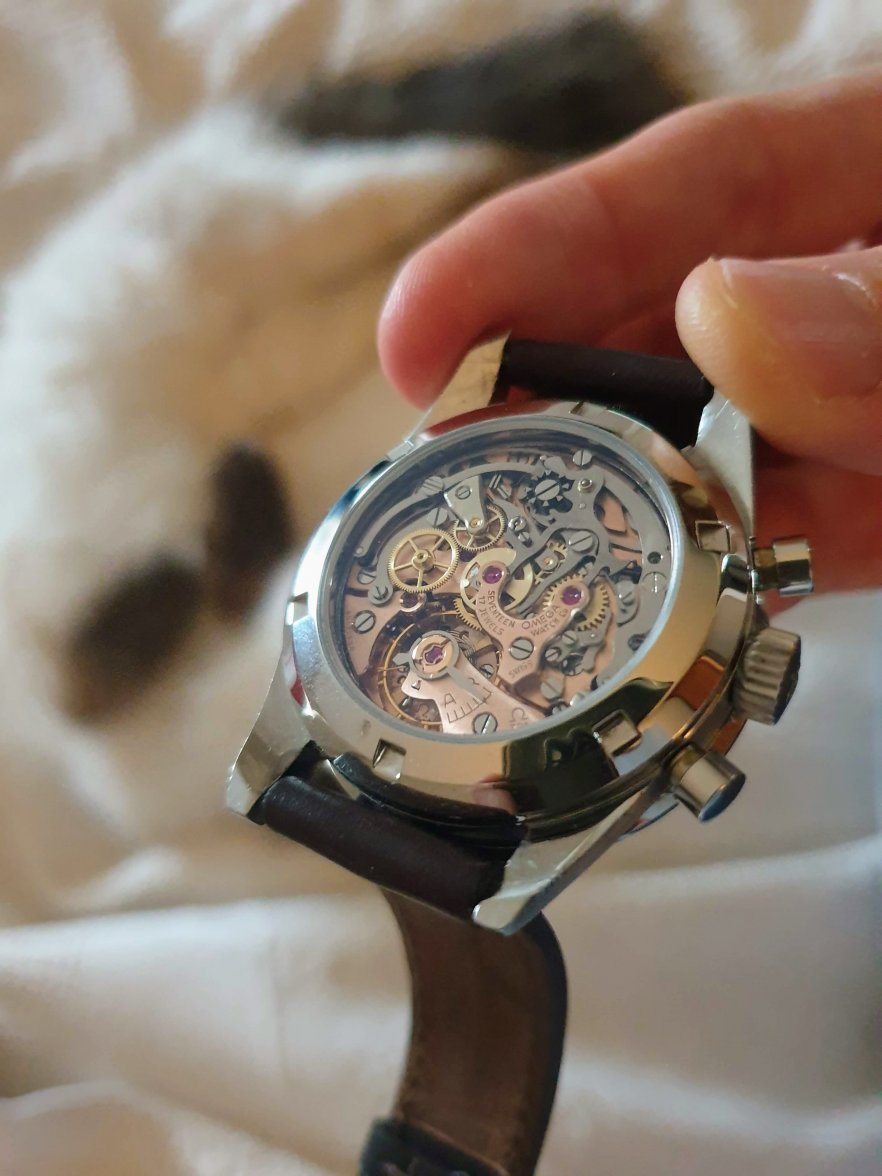john_coburg
·Good afternoon all,
Pardon a potentially numpty question here, but please humour me. I have purchased an aftermarket sapphire caseback for my 105.003 (which i think looks really pretty good for £100), but it comes with a chunky movement/O-ring... and i can't work out what it's for? If i put it in, nothing seems more solid/rigid, and the caseback itself doesn't screw on tightly to the mid case (annoying 1mm gap left). If i skip the step and leave it out, all seems fine (nothing seems to rattle)...yet it must surely be needed for something.
I'm bemused. Can anyone help?
The instructions were as follows:
"For fitment, you will need to remove your old caseback and dust cover. Then, place the bumper O-ring on the movement holder step as shown. Finally, screw on the new exhibition caseback and enjoy the view! Note: A previous version of the caseback required the movement screws to be removed. This is no longer the case."
Pardon a potentially numpty question here, but please humour me. I have purchased an aftermarket sapphire caseback for my 105.003 (which i think looks really pretty good for £100), but it comes with a chunky movement/O-ring... and i can't work out what it's for? If i put it in, nothing seems more solid/rigid, and the caseback itself doesn't screw on tightly to the mid case (annoying 1mm gap left). If i skip the step and leave it out, all seems fine (nothing seems to rattle)...yet it must surely be needed for something.
I'm bemused. Can anyone help?
The instructions were as follows:
"For fitment, you will need to remove your old caseback and dust cover. Then, place the bumper O-ring on the movement holder step as shown. Finally, screw on the new exhibition caseback and enjoy the view! Note: A previous version of the caseback required the movement screws to be removed. This is no longer the case."

